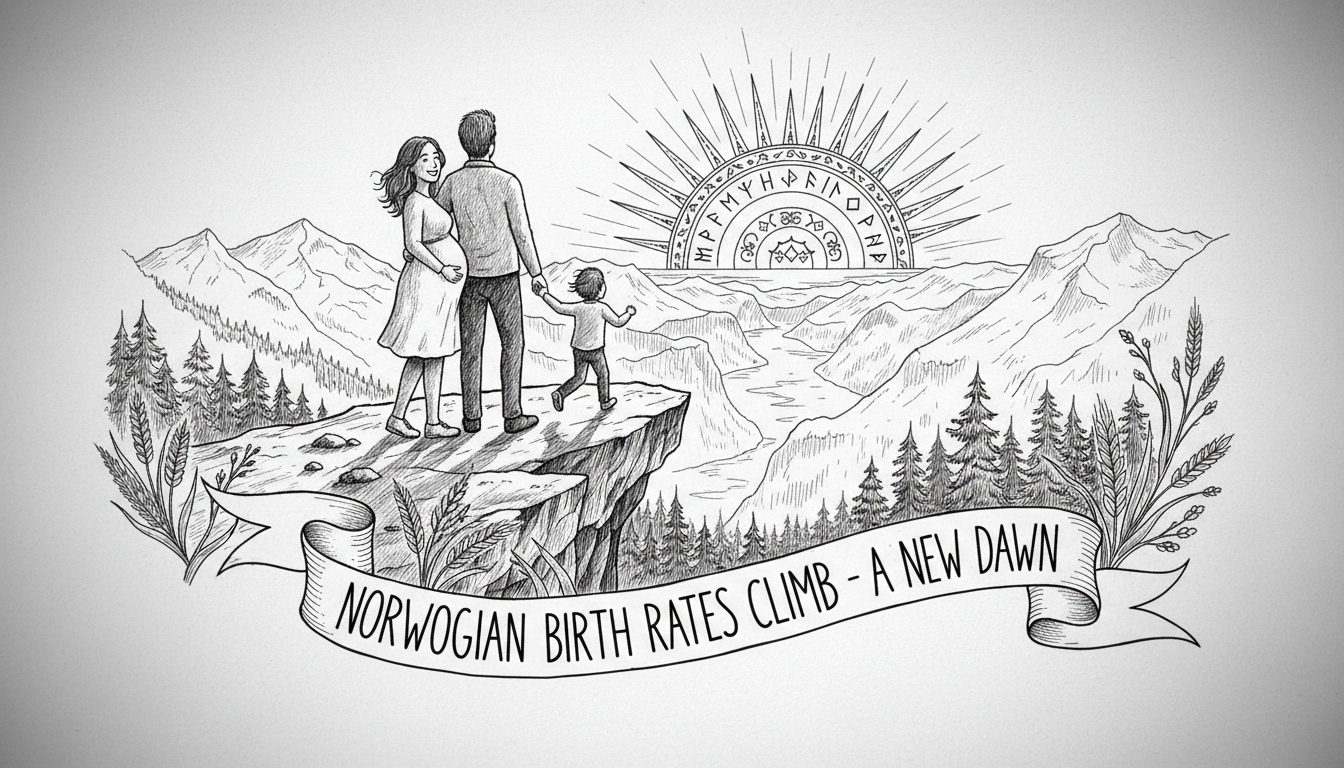New data reveals Norway's birth numbers continue climbing, with older parents and fewer birth defects recorded. The country welcomed 54,472 newborns last year, marking a 4.7 percent increase from 2022's record low birth figures.
The Medical Birth Registry of Norway shows this upward trend has continued through recent reporting periods. The increase reverses a decades-long pattern of declining birth rates in Scandinavia's wealthiest nation.
Norwegian mothers and fathers are both getting older, with average maternal age rising more substantially than paternal age. Pre-pregnancy BMI measurements also show gradual increases across both first-time and experienced mothers.
Birth defect rates reached their lowest point since 2000, with only 4.0 percent of pregnancies lasting beyond 12 weeks showing congenital abnormalities. This represents a notable improvement from historical averages and reflects broader Nordic healthcare trends.
Liv Cecilie Vestrheim Thomsen, a health official, suggested multiple factors could explain the improvement. "The reasons for the low number can be many," she said in a statement. "It might be random variations, but also partly a result of pregnant women increasingly taking folic acid supplements."
She noted that earlier and better diagnostics mean more defects get detected during pregnancy. This raises questions about whether some terminations for medical reasons occur before official registration, potentially affecting public statistics.
Termination rates for pregnancies with major defects have more than doubled since 2010, reaching 27.8 percent in recent data. This reflects both improved detection and changing societal attitudes toward serious congenital conditions.
Cesarean section rates remained relatively stable across Norwegian healthcare institutions, though substantial regional variations persist. Nearly 30 percent of all births involved medical induction, though induction rates flattened compared to previous years.
Norway's reversal of birth decline comes as neighboring Sweden and Finland continue struggling with low fertility rates. The Nordic model's combination of generous parental benefits, universal healthcare, and strong social safety nets appears to be supporting family formation in Norway specifically.
Demographic experts will watch whether this trend continues amid economic uncertainty and changing work patterns. Norway's oil fund wealth and comprehensive welfare system provide unique advantages for young families considering children.
The data suggests Norway's substantial family policies—including extended paid parental leave and subsidized childcare—may be achieving their intended effect. Other Nordic nations now face pressure to match Norway's success in reversing demographic decline.

